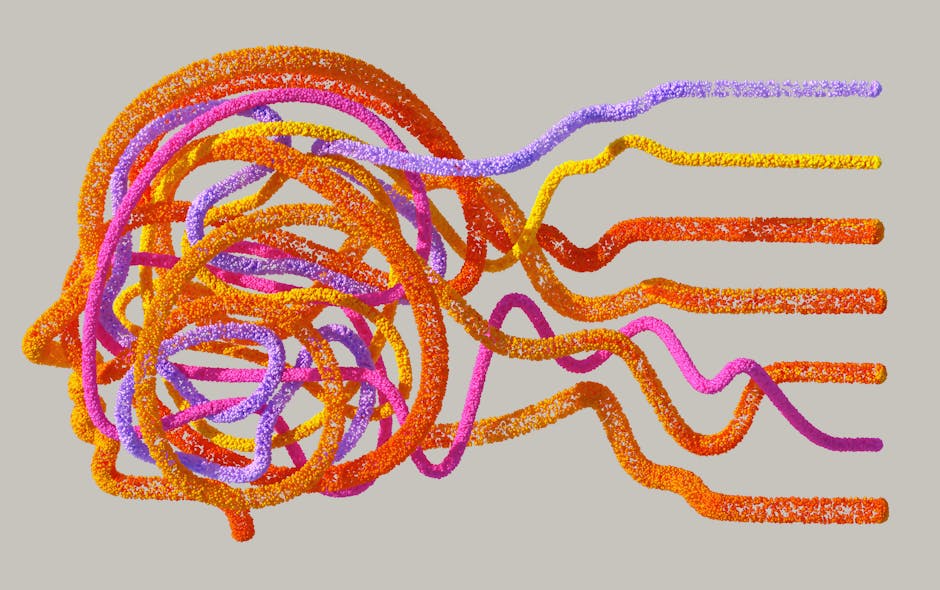The Science of Color: Enhance Your Resume with Palette Psychology
Have you ever wondered why certain colors evoke specific emotions or endear themselves to our attention? The world of color psychology is a fascinating realm where art meets science, and it can play an unexpected role in your job search. Understanding how to use color on your resume isn’t just about aesthetics—it’s about effectively communicating who you are to hiring managers. This article dives into the science of color, its psychological impact, and how you can leverage palette psychology to craft a resume that stands out and influences hiring decisions.
The Role of Color in Decision-Making
Color is more than just a visual element; it's a powerful communication tool. Psychological studies reveal that up to 90% of snap judgments made about products can be based on color alone. A hiring manager's first impression of your resume is critical, and colors can significantly influence their perception. For instance, blue often conveys trust and dependability, while red signifies passion and urgency. By selecting a color scheme that resonates with your profession and personal brand, you can subtly guide hiring managers' perceptions.
Insights from Color Theory
Color theory explains the emotional responses to colors and how they interact with one another. The color wheel illustrates three main categories: primary, secondary, and tertiary colors. Additionally, colors can be categorized as warm or cool. Here’s how specific colors often resonate with people:
- Blue: Represents professionalism, calmness, and reliability. Often used in corporate resumes.
- Red: Signifies passion, energy, and action, making it suitable for dynamic fields like marketing or sales.
- Green: Associated with growth, health, and balance, ideal for industries such as finance, environmental science, or healthcare.
- Yellow: Evokes warmth, optimism, and creativity but should be used sparingly to maintain professionalism.
- Purple: Often linked to creativity and insight, well suited for creative roles in design or advertising.
To apply color theory effectively, think about the message you want your resume to convey. Research shows that when color is used appropriately, it can help establish a memorable impression—a crucial element in today’s competitive job market.
Expert Opinions on Resume Color Usage
To understand the prevailing attitudes towards color in resumes, we reached out to design experts. Kelly Morris, a senior graphic designer at a renowned recruitment agency, emphasizes the importance of a cohesive color scheme. “The key is to reflect your authentic self while ensuring readability,” she states. “A pop of color can convey personality, but it shouldn’t overshadow the content.”
Another expert, James Fleet, a career coach specializing in branding, agrees. “Using colors that align with the industry you're applying to can set you apart. However, a resume should be professional above all else. Reserve bold colors for headings, accents, or sections rather than for the body text.”
Real-World Examples of Effective Use of Color

Let’s explore how real-world resumes resonate with color psychology:
- Professional Resume in Blue Tones: Sarah, an accountant, used various shades of blue in her resume. The clean layout and calming tones instantly communicated trustworthiness and professionalism, leading to interviews at several prestigious firms.
- Creative Resume Using Warm Colors: Jake, a marketing strategist, opted for a blend of red and orange. His resume was bold yet harmonious, showcasing both his creative flair and strategic acumen. As a result, he landed a role with a leading advertising agency.
- Minimalist Approach with Green Accents: Emily, a healthcare professional, used a predominantly white background with green accents. This choice effectively conveyed her commitment to health and wellness, making her resume inviting while maintaining clarity.
Tips for Incorporating Color in Your Resume

Finding success with color on your resume requires a thoughtful approach. Here are some actionable tips to help you get started:
-
Start with a Neutral Base Color: Using a neutral color (like white, black, or gray) for your resume background helps maintain clarity and professionalism. It also allows your accent colors to shine without overwhelming the reader.
-
Limit Your Color Palette: Stick to a maximum of three colors—one dominant color, one accent color, and a neutral. This combination creates a cohesive look while allowing visual breaks.
-
Test Readability: Highlight essential points using color, but ensure the text remains easy to read. Experiment with contrasting colors for headings and body text to enhance readability.
-
Align with Your Industry: Study resumes within the industry you are targeting. If applying to a traditional sector, like finance or law, consider more subdued color schemes. Creative fields may welcome bolder choices.
-
Utilize Color Psychology: Reflect on the psychological meanings behind colors and how they can connect with your desired position. You want to evoke the right emotions in the hiring manager.
-
Get Feedback: After drafting your colored resume, seek feedback from peers or mentors. They can offer insights on whether your color choices align with your intended message.
Maintaining Professionalism While Being Creative

It’s easy to fall into the trap of focusing solely on aesthetics, but professionalism should always be your primary goal. Striking the right balance between readability, organization, and aesthetics is essential. Color can enhance your resume's appeal when used correctly, but it shouldn’t detract from the content. Make sure to prioritize the clarity of your experience and skills above all.
Crafting a Colorful Narrative

Just like the palette you choose, the narrative you weave through your resume is vital in presenting yourself authentically. Consider how your experiences, skills, and aspirations fit within the colors you select. For a deeper dive into storytelling within your resumes, check out our post on weaving personal narratives into your resume and cover letter.
The Future of Resumes: A Colorful Evolution

As the job market evolves, so do expectations around resumes. Integrating modern elements—like digital portfolios or augmented reality features—requires an understanding of not just what you communicate, but how you present it. You may be interested in how storytelling can transform your resume or how to craft a compelling career portfolio that highlights your strengths through innovative narratives.
Empowering Job Seekers Through Color Knowledge

In a world where attention spans are dwindling, standing out in your career search is crucial. Using color psychology effectively allows you to convey professionalism, creativity, and approachability all at once. By embracing the nuances of palette psychology, you not only enhance the visual appeal of your resume but also empower yourself to resonate profoundly with hiring managers.
Final Thoughts
Mastering color choices in your resume goes beyond mere aesthetics; it’s a strategic move to create impactful first impressions. In a competitive landscape, every detail counts, and understanding the psychological effects of colors can set you apart from the crowd. Take the time to design a resume that reflects the unique qualities that make you an ideal candidate. Remember, the ultimate goal is to create a harmonious blend of professionalism and personality that resonates with your audience, leading to greater success in your job search.
If you're ready to explore more about optimizing your resume for today’s market, consider checking out our guide on crafting perfect resumes tailored for 2025 job seekers!






